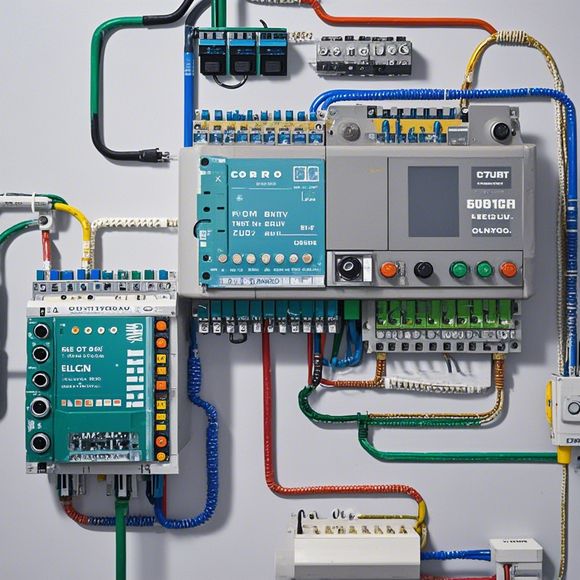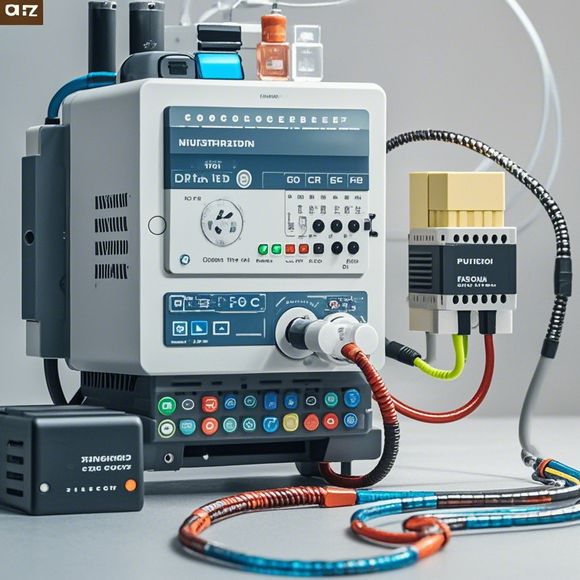What is a PLC (Programmable Logic Controller)?
A PLC (Programmable Logic Controller) is a kind of electronic device that can be programmed to perform specific tasks. It's basically a mini computer with a variety of inputs and outputs, allowing for automation of industrial processes. The program stored in the PLC is used to control various machines and systems, making it incredibly versatile and useful in manufacturing, manufacturing, and other industries.
Hello! Today, let's dive into the world of Programmable Logic Controllers, also known as PLCs. These are digital devices that control and operate industrial processes by processing instructions in software. They can be found in a wide variety of industries, from manufacturing to healthcare, where they play a crucial role in ensuring smooth and efficient operations.

So, what exactly are PLCs? Well, they're like your personal assistant in the digital age - always ready to help you with whatever task you need. They come in various forms and sizes, but all share one common feature: their ability to program and execute complex algorithms. This means you can set up a sequence of steps for your PLC to follow, whether it's turning on a machine or controlling the speed of a conveyor belt.
But how do they work? Well, PLCs are essentially computer-like devices that run on a microprocessor. They receive commands through a user-friendly interface, then translate these commands into electrical signals that control physical devices. The beauty of PLCs is that they can handle a wide range of inputs and outputs, making them perfect for complex industrial environments with lots of variables and moving parts.
One of the main advantages of PLCs is their flexibility. You can easily modify or upgrade them to suit your changing needs. And because they're designed to be rugged and reliable, they're perfect for harsh environments, like those found in factories, power plants, and other industrial settings.
Another great thing about PLCs is their integration with other systems. Many modern PLCs come equipped with sensors and other input devices, which can monitor conditions like temperature, pressure, and flow rate. This allows for even more precise control over industrial processes.

Of course, like any technology, there are some potential drawbacks to using PLCs. For example, they may require specialized knowledge or training to use effectively, especially if you're not familiar with programming languages like Ladder Diagrams or Function Block Diagrams. But with the right resources and support, you can overcome this challenge.
Overall, the benefits of using PLCs far outweigh the potential drawbacks. Whether you're looking to streamline production processes or improve safety in industrial settings, PLCs are the future of control technology. So why not give them a try today? You might just find yourself saying "I knew I should have bought one sooner!" 😉
Content expansion reading:
Articles related to the knowledge points of this article:
Smart Manufacturing Solutions with PLC Integrated Machinery
PLC Programming for Automation Control in the Manufacturing Industry
How to Use a PLC Controller for Your Business
PLC (Programmable Logic Controller) Control System Basics
Connecting a PLC Controller to Your Computer
PLC Controllers: A Comprehensive Guide to Understanding Their Prices